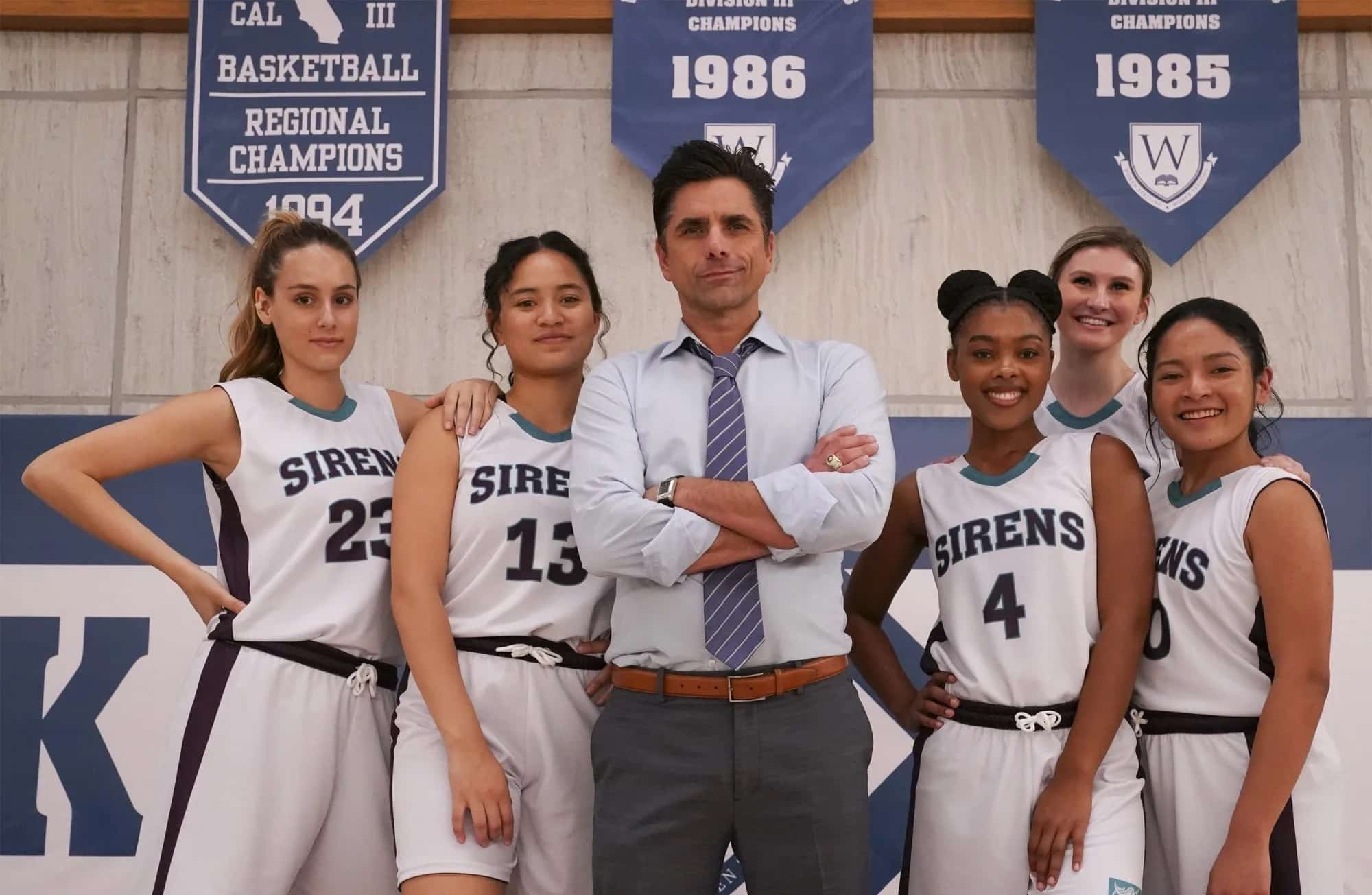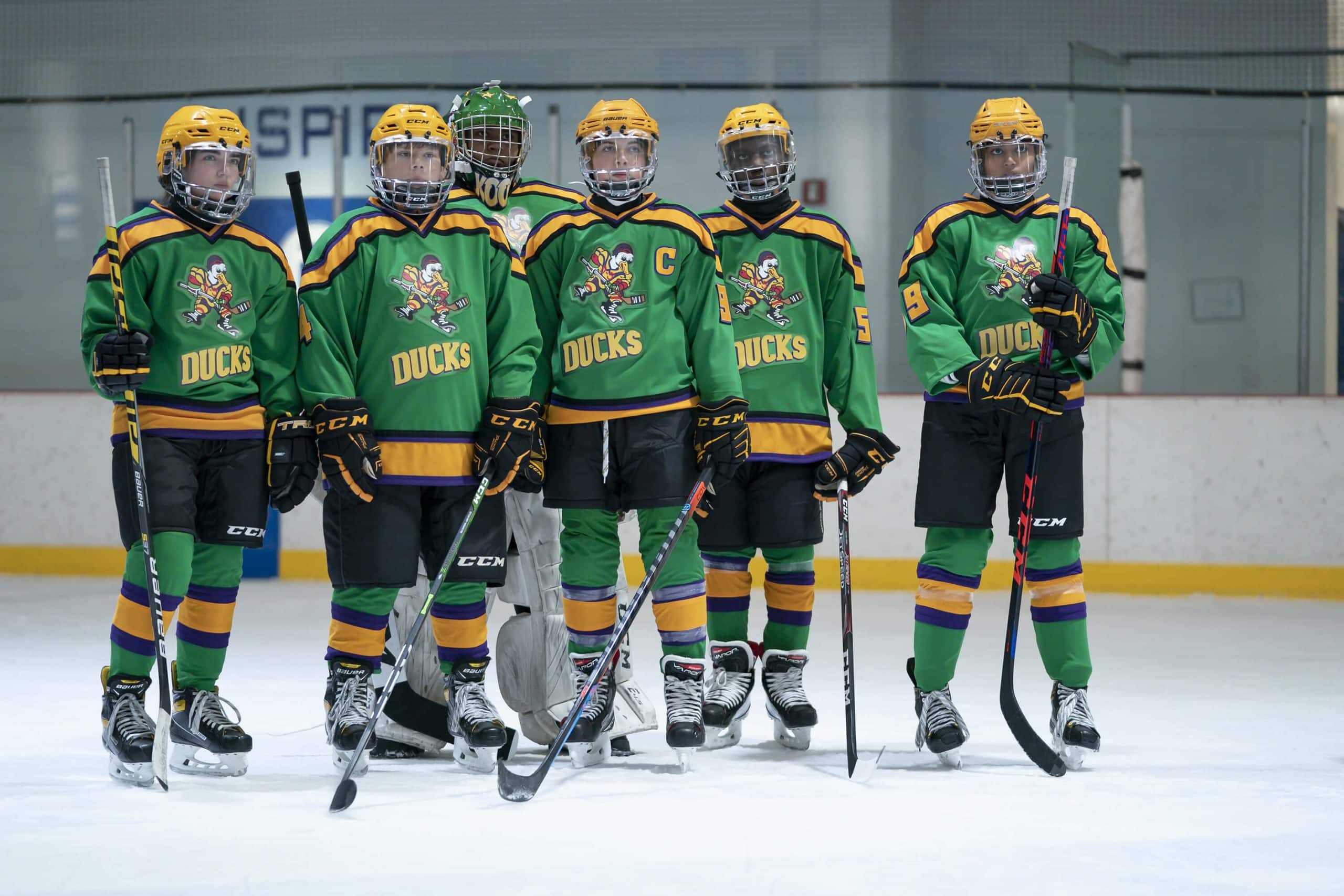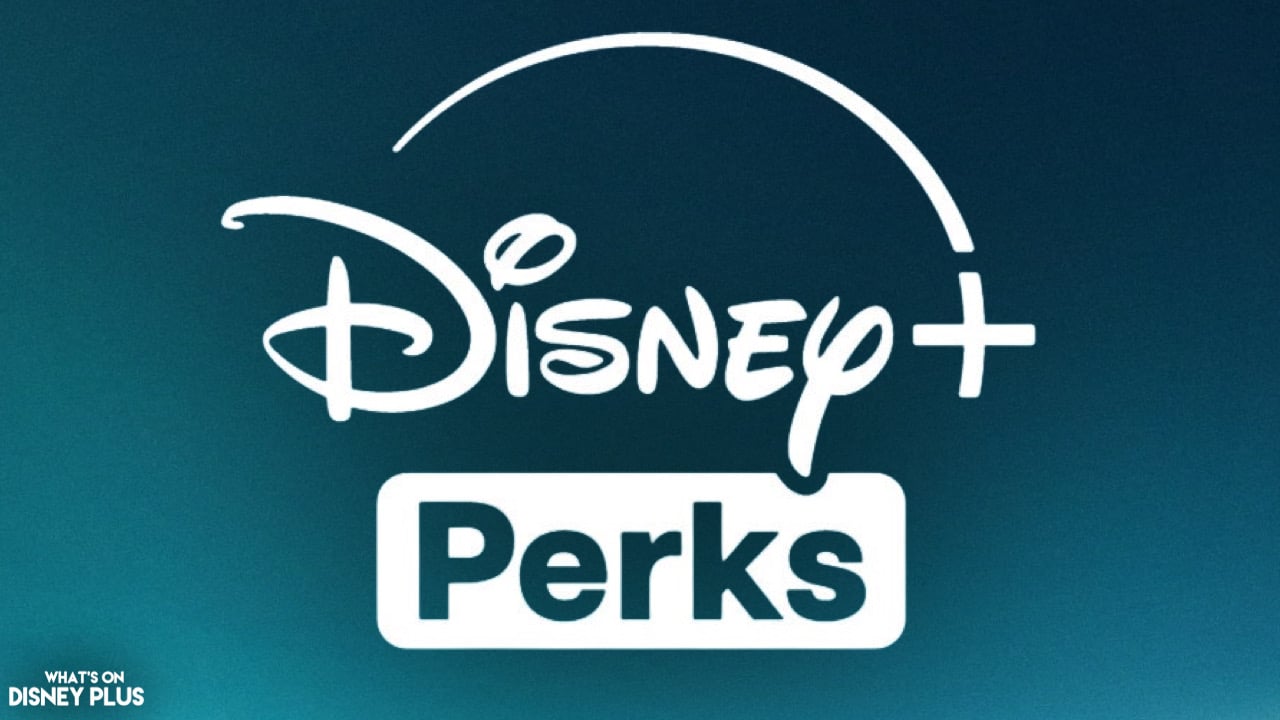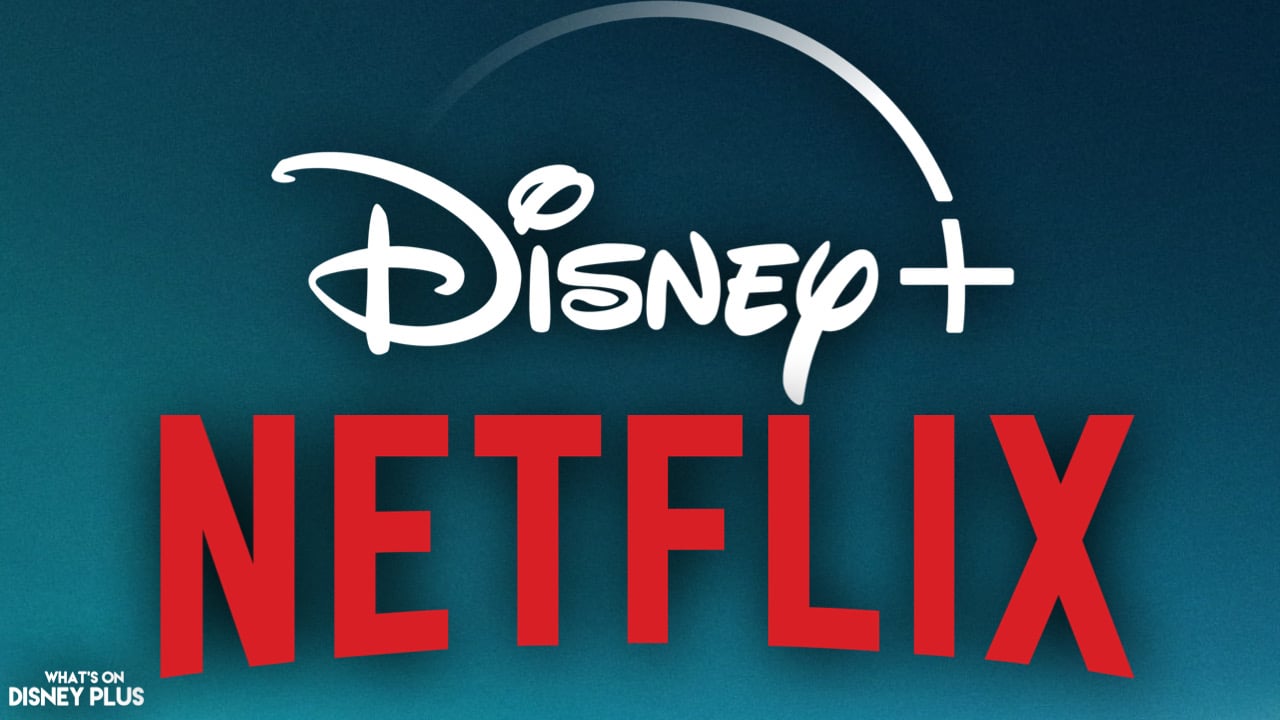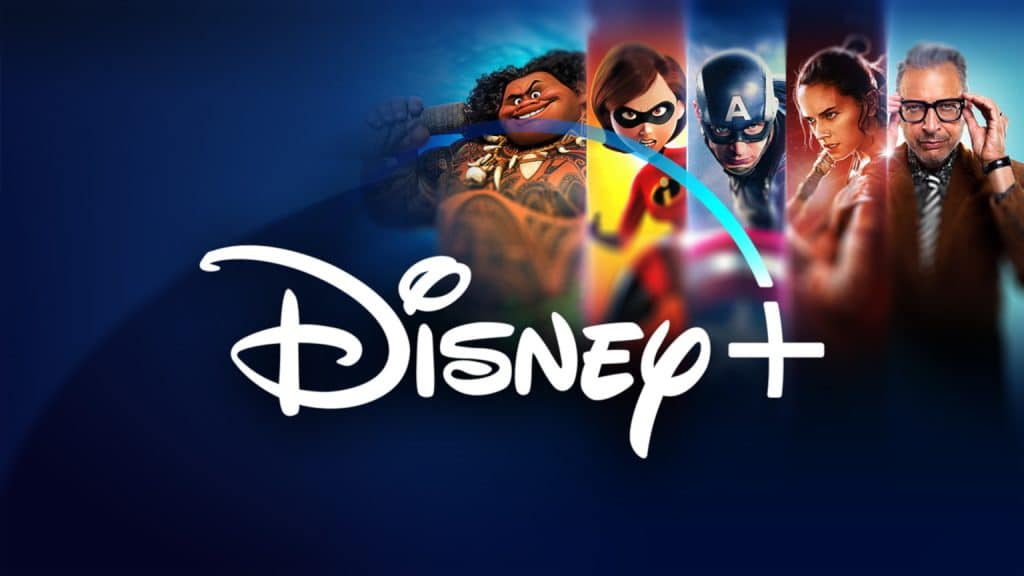
Recent Original Removals Remind Us Disney+ Isn’t Our Own Personal Library
Last week, Disney removed over a hundred original shows and films from its streaming services, which include Hulu/Star+/Disney+, globally. This was done as part of a plan to save over $1.8 billion dollars, with these shows like “Willow” and films like “Better Nate Than Ever”, being basically written off as a way to balance the books, having spent a fortune creating new original content to chase new subscribers, but these titles failed to find a big enough audience or bring in new subscribers.
Many Disney+ subscribers have naturally been annoyed and frustrated at these removals for many reasons, mainly because of the idea that everything that is on a streaming service, especially those owned by Disney, would stay on there forever. Cancelling shows is nothing new, and it’s been going on for decades. While many have been available on digital platforms or home video, many shows got yanked off television and were never seen again. But now, with social media, we are much more aware of removed content and have access to trailers, posters, clips, etc., online, which showed they existed, something studios never had to worry about decades ago.
There was a big shift last year, when Warner Brothers Discovery worked out a way to write off failed streaming projects and save money. Michael Nathanson, an analyst at SVB MoffettNathanson, explained to CNBC:
“What is hitting their income statements is the amortization of content that’s already been made and released. Warner Bros. Discovery was the first one to figure this out, so we have to give credit where it’s due. They said they need to get their earnings up, so they started taking shows off the app. Disney is now doing that and we should expect Paramount to follow suit. And one day Netflix may even do the same thing.”
Naturally, many Disney+ subscribers have been confused by the removals, especially since shows like “The Mighty Ducks: Game Changers” are owned and created by Disney, specifically for Disney+. Netflix has generally taught audiences to expect some titles will come and go, especially with licenced shows and films, that they didn’t create. We’ve seen over the past few years, most studios are pulling back their own content from Netflix, for their own streaming services. However, some studios are also going back to licensing out some titles to make extra revenue.
Dan Rayburn, a media and streaming analyst, explained:
“From a consumer standpoint, what they want is they want to be able to always have access to their content. The part that really confuses consumers is because they don’t understand how content is licensed. They do get confused when one day content is on a service and then disappears or the content is still in the service, but it’s only X number of seasons.”
With the writer’s strike currently underway, it has highlighted to many people how residual payments work, where actors and creators get paid continuously for their work on films and shows, as they’ve been for home video releases and television syndication for decades And residuals for streaming is a major sticking point for the writer’s strike.
One thing many people aren’t aware of, is while Disney might own a show or film, things are a little more complicated, as internally, different divisions are still having to licence the content from one another. So on paper, the balance sheet must reflect this. For example, NBC Universal had to pay itself $500 million for the rights to “The Office” for Peacock and Warner Brothers Discovery paid itself $425 million for the streaming rights to “Friends”.
Brandon Katz, an industry strategist at Parrot Analytics, explained:
“Much like syndication of Hollywood’s yesteryear, streaming services must pay for the right to host a title”
Unfortunately, now that the studios have worked out a new way to balance the books, with streaming content being written off, there is now a huge question mark over any future show or film that underperforms. Though hopefully, with a shift to focusing on quality over quantity, we will get better originals, which Disney can also advertise better, reducing the chance of failed originals.
Looking at the data from Parrot Analytics, it’s easy to see why some content was removed, as in the first quarter of the year, the demand for the dozens of shows and movies that have been recently cut from Disney+ represented only 1.9% of the total Disney+ catalogue. For comparison, “The Mandalorian” accounted for 1.3% of total demand during the same period. Similarly, the removed titles for Hulu accounted for just 0.4% of demand on the streaming service. Showcasing that the content removed, was done because hardly anyone was watching them.
But, it’s important to remember, that streaming services are not permanent libraries. They adjust to viewing habits, licenses and contracts expire, plus companies merge, go bankrupt or just simply close down platforms. Opening many to think about reverting to collecting films on physical media once again, though that also comes with some problems, such as format changes, and device availability. Digital purchases also aren’t completely safe either, as some titles are sometimes removed, or platforms closed. And worse of all, many of the originals that are removed, aren’t even released on digital or physical platforms for fans to keep a legal copy, which means the only option left currently to watch some of the removed originals is to go to the high seas!
Hopefully, Disney will find a way to make some of the removed content available on other platforms, as when Warner Brothers Discovery did something similar with HBO Max Originals, some of the shows were licenced to Tubi and Roku. And it was also revealed that the Latin American shows removed from Star+ and Disney+ would be licenced out in Latin America soon. So maybe there is some hope that shows like “Big Shot” and “Willow” will find new homes, but it will likely depend on if the FAST services want “cancelled” content for their platforms.
Ultimately, we do need to think that content on Disney+ isn’t ours; it’s not our own library. We are just renting access to a catalogue that will change.
There is no easy answer; companies need to make a profit, and subscribers need to understand that a streaming service is not your private collection. I often say, Disney+ is like a mobile library truck. It has many of the biggest hits, some new content and some items from the vault, but it will never be the entire Disney vault, even if Disney CEO Bob Iger once said during an investor’s event that
“At some point fairly soon after launch it will house the entire Disney motion picture library”
But sadly, years later, we know this isn’t going to happen.
What do you think of Disney removing content? Let us know on social media!

